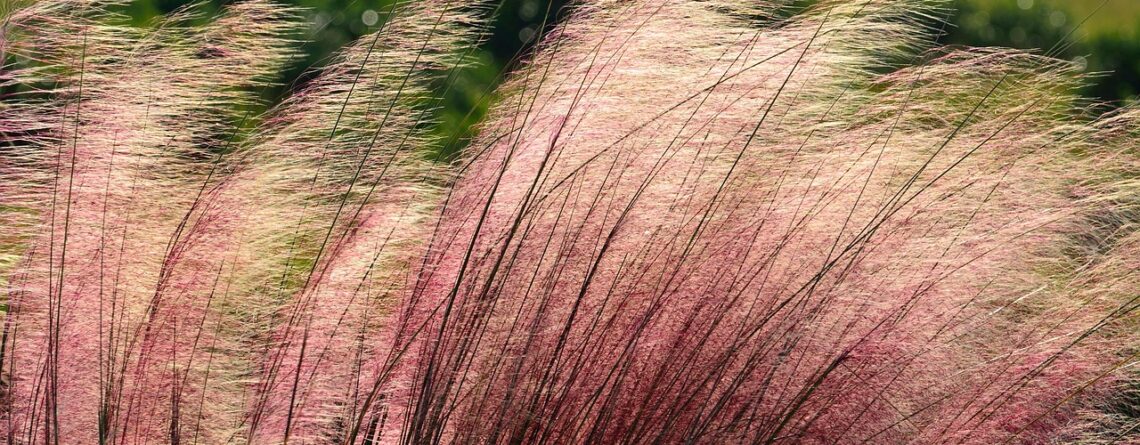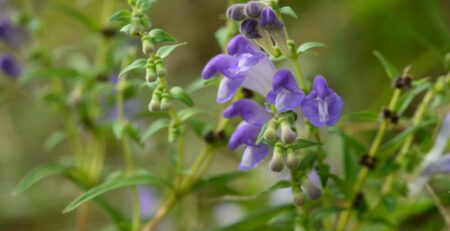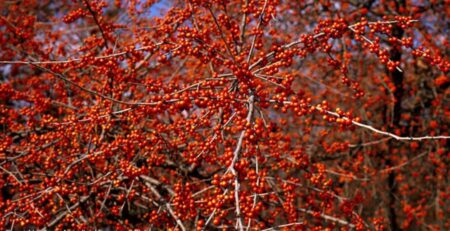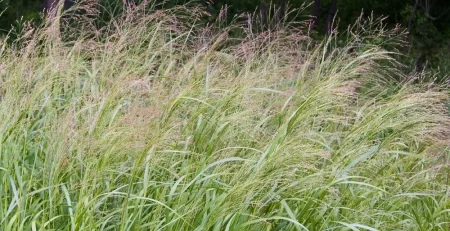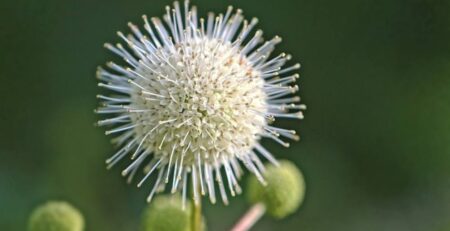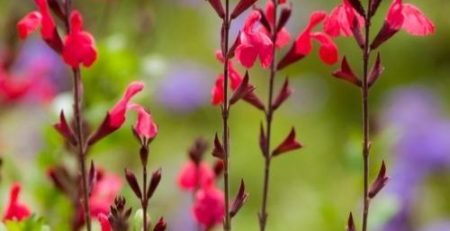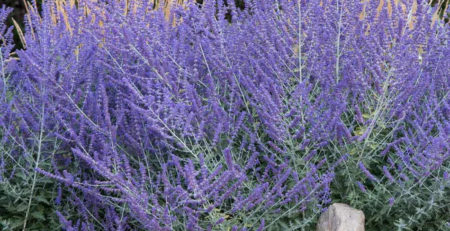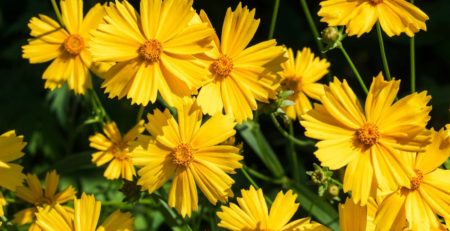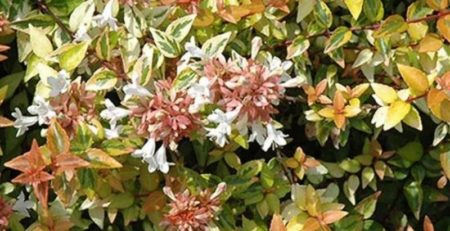Muhlenbergia capillaris, Pink Muhly Grass
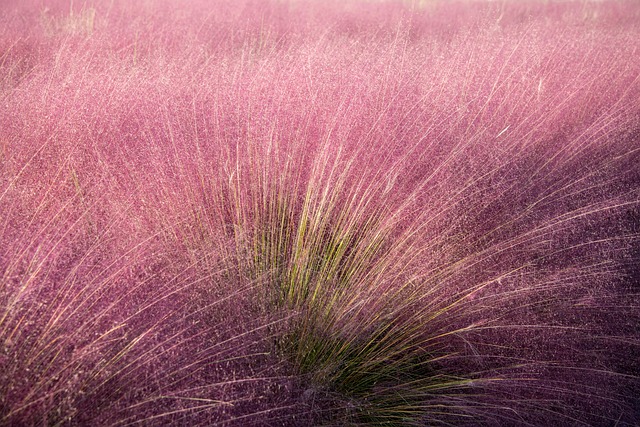
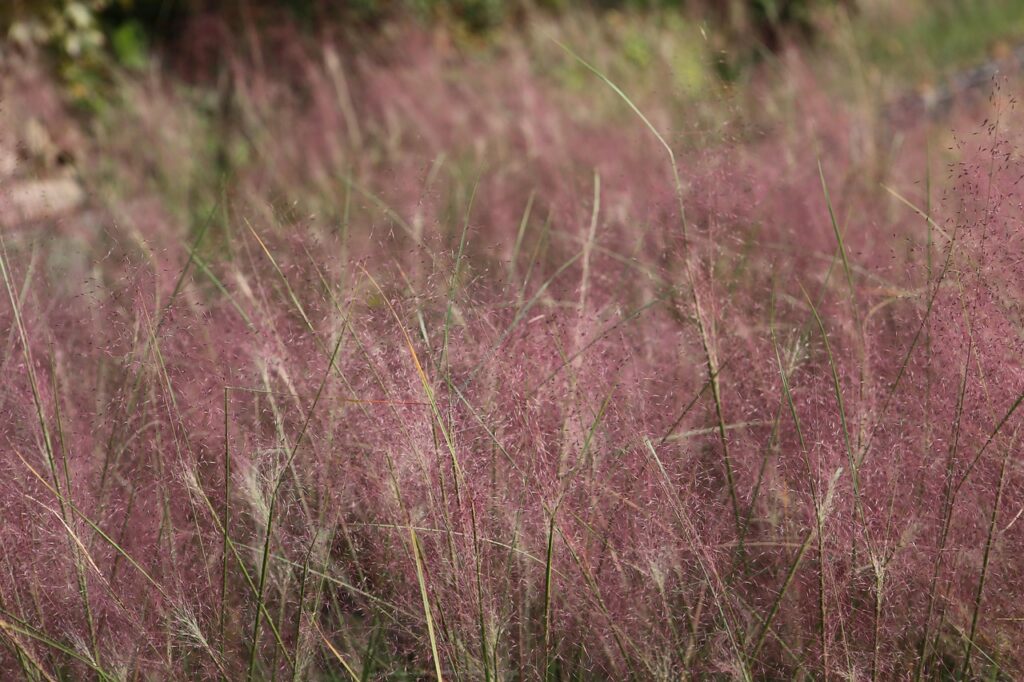
Botanical Name: Muhlenbergia capillaris
Common Name: Pink Muhly Grass, Hairawn Muhly, Gulf Muhly
Synonyms:
Category: Grass (Ornamental)
Family: Poaceae
Lifecycle: Perennial
Lifecycle (Alt): Perennial
USDA Symbol: MUCA6
Hardiness Zone North: 5A (-20 to -15F)
Hardiness Zone South: 9B (25 to 30F)
Sun Requirement: Full Sun (6+ hours)
Sun Requirement (Alt): High Sun (4-6 hours)
Water Requirement: Low
Growth Rate: Moderate
Maintenance: Low
Plant Adult Height: 2-4 ft.
Plant Adult Spread: 2-3 ft.
Plant Spacing: 2-3 ft.
Soil Preference: Sandy Loam
Soil pH Preference: Slightly Acidic (6.1 – 6.5)
Propagation: Division, Seed
Attracts: Birds, Butterflies, Moths
Resists: Deer, Diseases
Tolerates: Freeze, Drought, Erosion, Clay Soil, Dry Soil, Heat, Salt
Miscellaneous: Tolerates Poor Soil, Wildflower, Native Plant
Description: Pink Muhly Grass, scientifically known as Muhlenbergia capillaris, features finely textured, hair-like foliage that forms a dense, clump-forming grass. This species is notable for its dramatic late summer and fall blooming, where it showcases airy, cloud-like inflorescences of vibrant pink to purple hues. These ornamental blooms not only add visual interest to the landscape but also serve as attractants for various pollinators such as butterflies. Pink Muhly Grass is utilized primarily in home gardens and landscape projects for mass planting, borders, and as a ground cover, where its ability to create a soft visual partition or focal point is valued. Originating from the grasslands and open woodlands in parts of North America, it has adapted to a range of growing conditions, showing particular tolerance to drought, poor soil quality, and heat, making it a suitable choice for challenging landscapes and sustainable gardening practices. A notable feature of this grass is its resistance to pests and diseases, which simplifies maintenance and enhances its appeal for use in low-care settings. Pink Muhly Grass is not known for any serious invasiveness or toxicity issues, ensuring that its impact on native ecosystems remains minimal when used in controlled garden settings. This lack of significant ecological drawbacks makes it an environmentally responsible choice for gardeners looking to add long-lasting, seasonal color to their landscapes without risking adverse environmental effects.
Propagation & Planting: When propagating Pink Muhly Grass by seed, begin with seed collection in late fall or early winter once the seeds have matured. Collect seeds by gently clipping the seed heads from the plant and allow them to dry. Once dry, thresh the seeds to separate them from chaff. Seeds can be sown directly outdoors in late winter or early spring when the risk of frost has passed, as Pink Muhly Grass germinates best with some exposure to cold temperatures. Alternatively, start seeds indoors in seed trays filled with a well-draining germination mix, placing them on the surface of the soil and lightly pressing them in without covering them, as they need light to germinate. Keep the soil moist but not waterlogged. To propagate by division, dig up entire clump in early spring and divide the rootball into two or three sections, and replant each section. When planting Pink Muhly Grass, choose a location with full sun and well-draining soil. Dig a hole twice as wide as the root ball but just as deep. Place the plant in the hole, ensuring it’s at the same depth as it was in the container, and backfill with soil, pressing down firmly. Water thoroughly after planting to settle the soil around the roots.
Plant Care: Pink Muhly Grass thrives best in full sunlight and well-drained soil. To ensure optimal growth and development, plant in an area that receives at least six hours of direct sunlight daily. When planting Pink Muhly Grass, incorporate a generous amount of organic matter into the soil to enhance drainage and fertility. Watering should be moderate; established plants are relatively drought-tolerant, but consistent moisture during the initial growth phase is crucial for root establishment. Once established, reduce watering frequency, allowing the soil to dry slightly between waterings. Fertilization is not typically necessary, but a light application of a balanced, slow-release fertilizer in the spring can promote more vigorous growth. For maintenance, simply cut back the foliage to about 4-6 inches above the ground in late winter before new growth begins to keep it looking tidy. This also helps maintain its attractive, fluffy appearance as new shoots emerge. Periodically check for pests and diseases, although Pink Muhly Grass is generally problem-free and does not require frequent intervention. Regular observation and minimal, mindful care will keep Pink Muhly Grass looking its best throughout the growing season.
Fertilize: Pink Muhly Grass generally requires minimal fertilization for healthy growth. If desired, applying a light application of a balanced, slow-release fertilizer with an NPK ratio of 10-10-10 in early spring can enhance growth. Over-fertilizing should be avoided as this can lead to excessive leaf growth at the expense of flowering. It is important to ensure that the fertilizer is evenly distributed around the base of the plant without coming into direct contact with the foliage to prevent burning. Water the plant deeply after fertilizing to help absorb the nutrients. This fertilization regimen will support the natural growth and beautiful, airy pink blooms typical of Pink Muhly Grass while maintaining its overall health and vigor.
Prune: Pruning Pink Muhly Grass is best done in late winter or early spring, before new growth commences. This timing ensures that the plant remains tidy and vigorous throughout the growing season. To prune, use clean, sharp shears to cut the grass down to about 4 to 6 inches above the ground. This not only helps maintain an aesthetically pleasing shape but also stimulates healthy new growth which enhances the plant’s lush, feathery texture. Avoid pruning Pink Muhly Grass in the fall or during the growing season, as this can hinder its development and reduce the vibrant impact of its distinctive pink blooms. Pruning yearly is ample for healthy growth, avoiding any excessive cutting at any time of year which could stress the plant.
Pest & Disease: Pink Muhly Grass is generally robust and resistant to many pests and diseases, but it can occasionally face issues from aphids and fungal diseases such as rust or leaf spot. To manage aphids, which can cause the foliage to become distorted and covered in a sticky residue, apply insecticidal soap or neem oil directly onto the pests. Make sure to thoroughly coat the insects and repeat the treatment as necessary, adhering to the product’s usage instructions. For fungal problems like rust, characterized by orange or yellowish spots on leaves, or leaf spot, indicated by brown or black spots with a yellow halo, it is essential to improve air circulation around the plants and reduce leaf wetness by watering at the base rather than overhead. Fungicides can be used as a preventive measure or treatment for severe infections, with applications made according to the label’s directions. In cases of severe infection, remove and dispose of affected plant parts to prevent the spread of the disease. Regular monitoring and early intervention are key to keeping Pink Muhly Grass healthy and vibrant.
Attribution: This plant information is the copyrighted property of PlantTAGG, Inc. (www.planttagg.com) and is published with permission.
Link to Full Profile: https://m.planttagg.com/#/public/details?key=52EHNV07A4HC4WKJAXNCMPPHDDT

